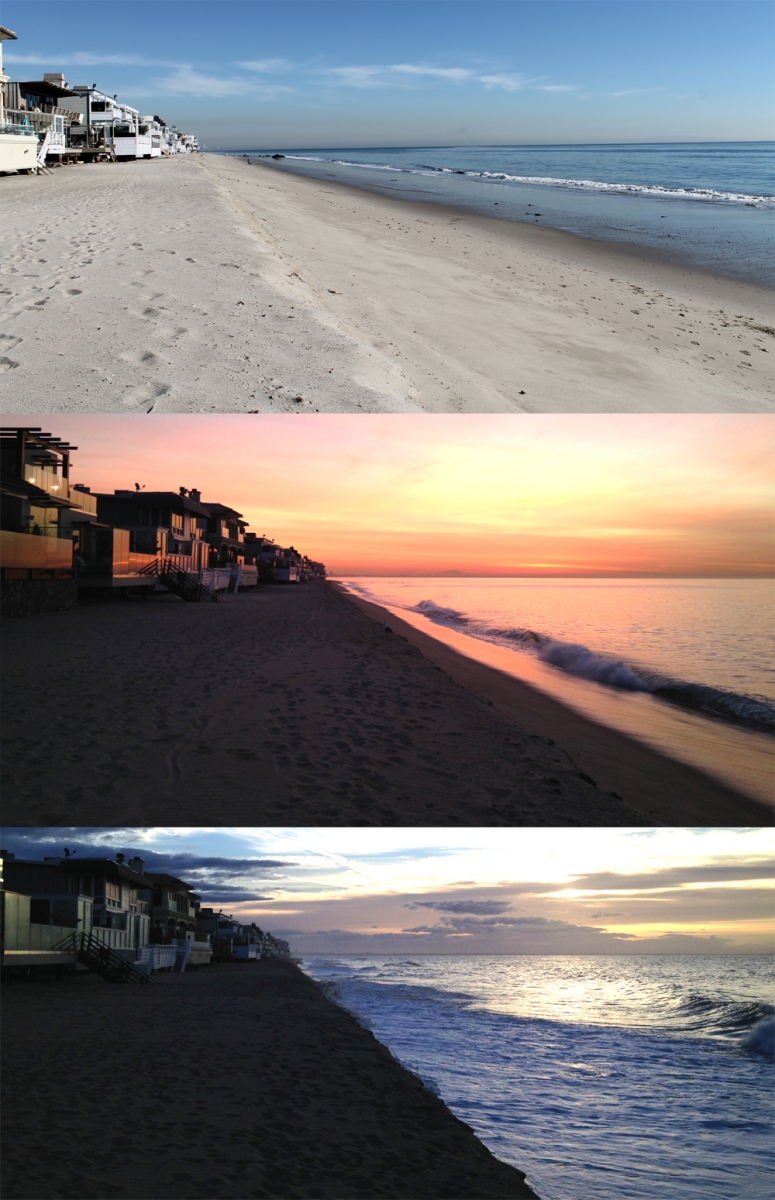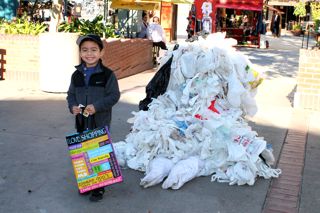Through a powerful collaboration between Holocaust survivors and teen filmmakers, Heal the Bay received a video gift that will definitely keep on giving.
Students produced It’s Not Just One, a public service announcement that vividly depicts the impact of littering on the health of our communities and ocean.
The PSA was created in a “Righteous Conversations Project” workshop held over the summer at Harvard-Westlake school aimed at students in 7th-11th grades from all over L.A.
These teens worked with Holocaust survivors to pinpoint injustices they wanted to confront together. Through the workshop they learned to harness the power of media messages, the ways video can be used to raise awareness and effect change.
Participating survivor Idele Stapholtz’s message was simple. “I was a child survivor,” she recalled sharing with the students. “To be a survivor in this world means that you need to understand and respect something precious, help save it and keep it pure.”
It’s Not Just One was inspired by Harvard-Westlake freshman Michael Kellman’s love for the ocean. “I really wanted to do something about pollution in the ocean because the ocean is a huge part of my life,” he said. “I row crew in Marina del Rey every day and that’s my favorite thing in the world.”
Once the student filmmakers (Sarah McAllister, Kelly Morrison, Kyra Perez and Jordan Seibel) completed the PSA, they decided to gift it to Heal the Bay, which pleased Idele, a longtime supporter of Heal the Bay’s work. With her husband Ben, Idele spent years volunteering at what is now Heal the Bay’s Santa Monica Pier Aquarium.
“I thought It’s Not Just One was incredible. The result is so powerful,” she said.
Righteous Conversations launched in 2011 and is a project of Remember Us. Harvard-Westlake’s Visual Arts and Film Chair Cheri Gaulke led the workshops.
Learn more about participating in the Righteous Conversation workshops.
Watch Heal the Bay’s videos, from mockumentaries to hip hop music videos and silent films.




 his year, we’d like to thank
his year, we’d like to thank